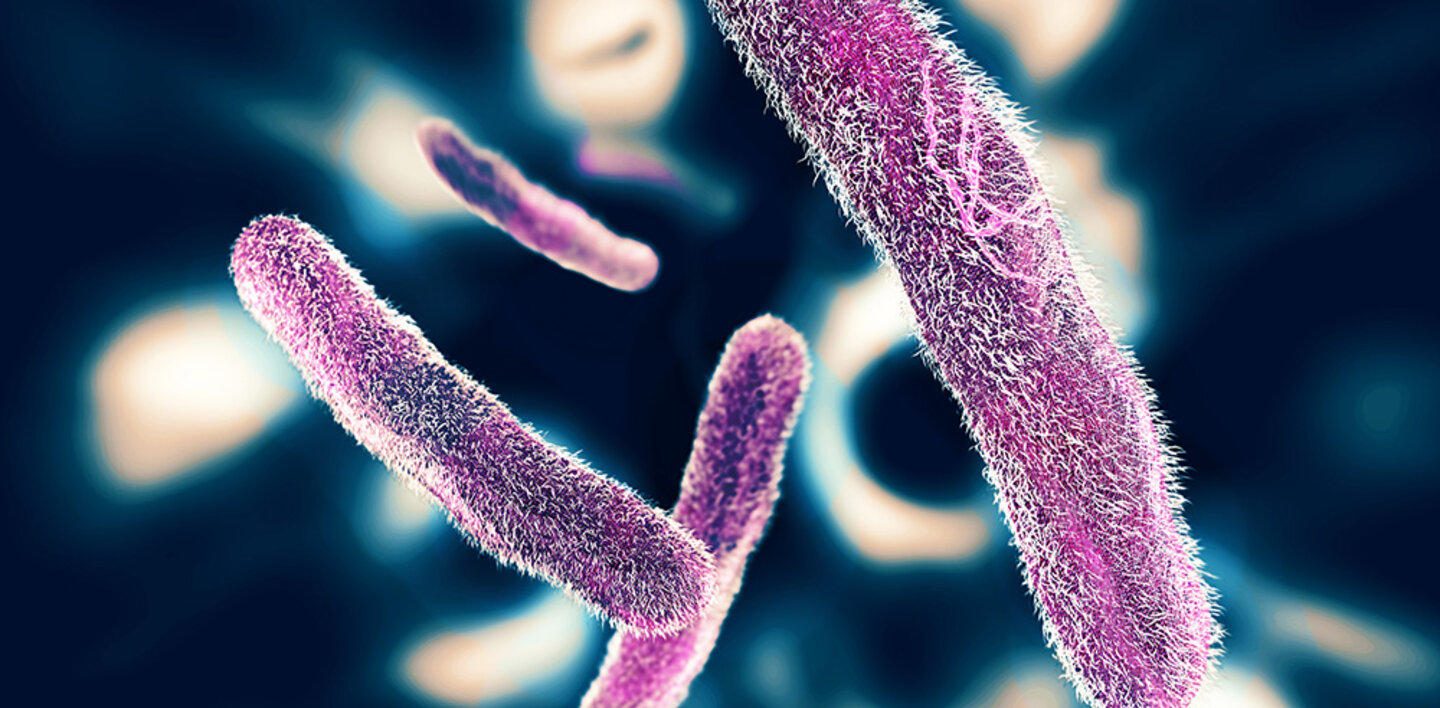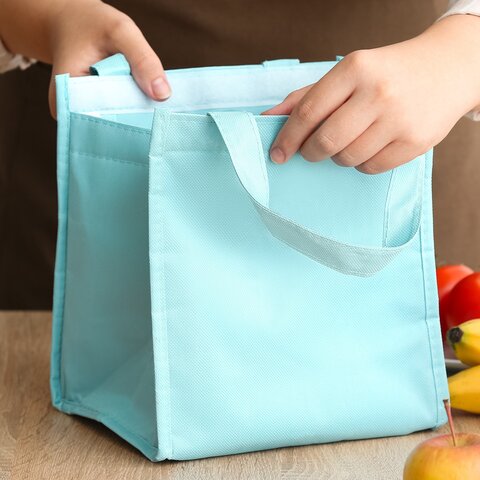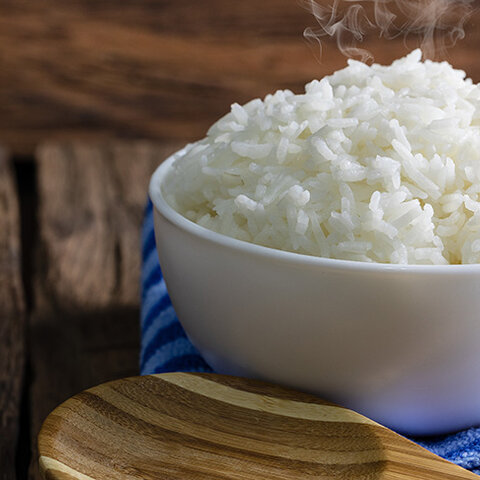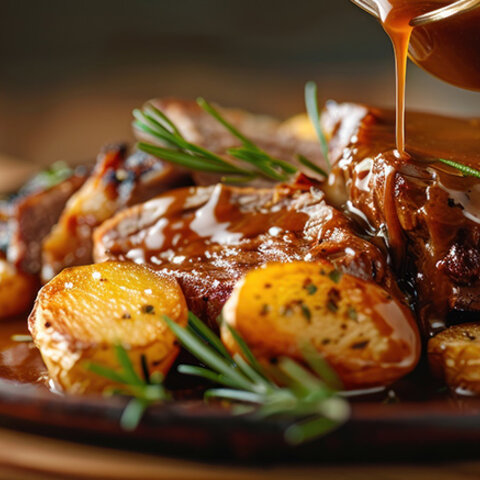
Shigella are facultative anaerobic bacteria that produce an endotoxin referred to as a shiga toxin. The organism is fragile, easily killed by heat during cooking or processing.
Sources of the organism:
- Fecally contaminated water
- Food handler with poor personal hygiene practices
Associated foods:
- Any food contaminated by a food handler with poor hygiene practices
- Contaminated water
- Salads (potato, tuna, shrimp, macaroni, chicken)
- Raw vegetables
- Sandwiches
Microorganism Characteristics: Gram-negative nonsporeforming facultative anaerobic rod-shaped bacteria which produces an endotoxin
The Disease: Shigellosis, also known as bacillary dysentery, is caused by several bacteria of the genus Shigella. Numerous species of Shigella are associated with food borne illness outbreaks. Shigella sonnei is the major cause of shigellosis from food. Virulent Shigella organisms attach to and penetrate the epithelial cells of the intestine. After invasion, they multiply and spread to the epithelial cells.
Symptoms include:
- Abdominal cramps
- Diarrhea
- Vomiting
- Fever
- Stools may contain mucus or blood
Onset time:
- 8-50 hours
Infective Dose:
- Small numbers (10-200 cells) of viable Shigella cells consumed by a susceptible host.
Duration of symptoms:
- 4-7 days
Control:
- Wash hands thoroughly after using the bathroom.
- Use properly treated water.
- Cook foods to safe temperatures.
- Chill hot food to 41°F within 4 hours.
Sources:
About Shigella Infection, Centers for Disease Control and Prevention (CDC)
Bad Bug Book, Food and Drug Administration (FDA)
This article has been peer-reviewed. It was updated in 2024.
Tags:



